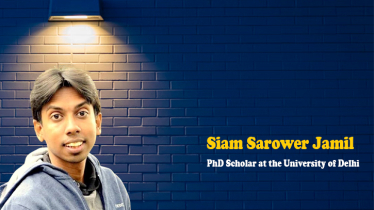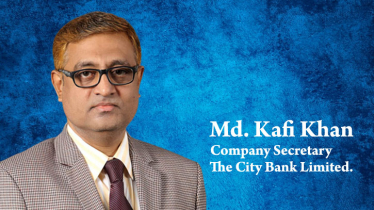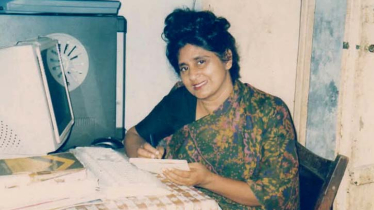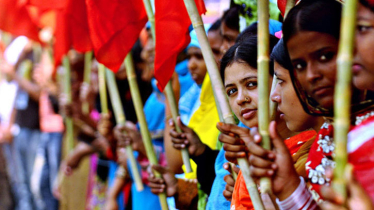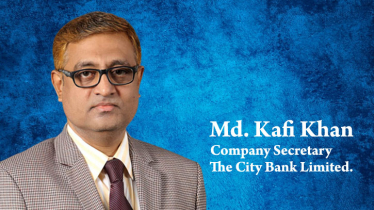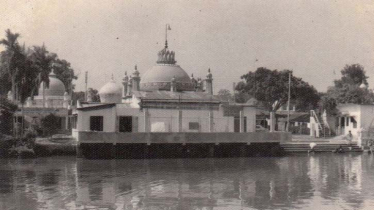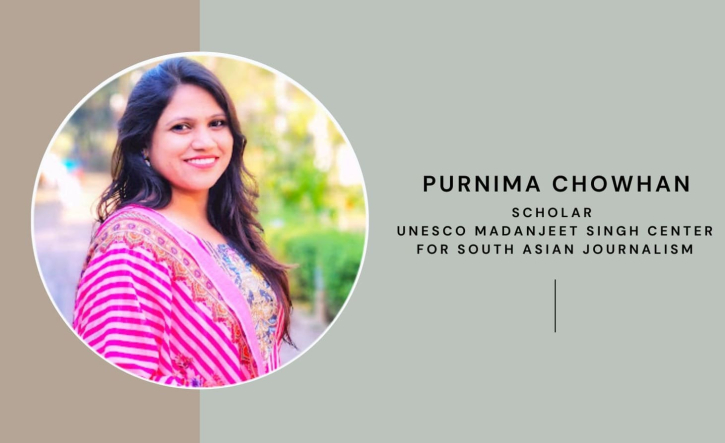
Among all my years in journalism, the most difficult stories for me to cover were always the ones involving accidents and crime. I could never emotionally detach myself from those scenes. There was always a deep, haunting trauma associated with being there, in the middle of chaos, loss, and grief — and unfortunately, our media industry in Bangladesh offers very little support to help journalists cope with such emotional burdens.
At one point in my career, I worked as a stringer for several foreign newspapers — from the UK, the US, Canada, and Australia. These were mostly contract-based assignments. If I wrote an 800-word story, I would get paid anywhere from $300 to $500. On the surface, it was a dream — the opportunity to work with big international outlets, bylines in respected papers, and solid income.
But slowly, a realization began to sink in: the only stories they seemed to want from Bangladesh were tragedies. Plane crashes. Factory fires. Building collapses. Cyclones. They rarely wanted stories of hope, resistance, innovation, or cultural transformation. It felt as though, to them, Bangladesh only existed through the lens of disaster.
And then a terrifying thought crossed my mind — every time a major accident happened, was I secretly relieved that I’d have something to pitch? Was I becoming the kind of journalist who thrived on others’ misfortunes just because it meant international attention and money?
That thought broke me. I could no longer continue. I stopped covering tragic accidents entirely.
One particular incident still lingers in my memory. A major fire broke out at a garment factory in Dhaka. The Asia Correspondent of The Independent (UK) reached out and asked me to cover it. Initially, I agreed — out of habit, professionalism, and the lure of being published. But as I prepared to go, the idea of standing in front of grieving families, injured workers, and burnt bodies overwhelmed me. I wrote back and said I couldn't do it. The correspondent was upset. Understandably so. But after that, I never received any assignments from that paper again. The relationship was gone.
Still, I have no regrets.
Because once I started feeling that I was profiting off of people's pain, I could no longer justify my presence at these sites of human loss.
The truth is, we in the newsrooms often normalize trauma. Journalists go from a fire scene to a murder case, from a rape victim’s interview to covering a dengue outbreak — often all in a single day. We have become desensitized not because we don’t care, but because we are never given the time or space to process what we witness. There are no therapy sessions, no mental health breaks, no debriefing — only deadlines.
And let’s be honest: many times, the pain of others becomes "content." A mother’s scream becomes a thumbnail. A child’s tears become a viral clip. A dying man’s photo becomes a front-page sensation. In the race for ratings and reach, we slowly lose our sense of empathy. I was part of that system too. But I walked away before it consumed me completely.
There’s another unspoken truth — even if a journalist breaks down from the trauma of repeated exposure to violence and tragedy, they are seen as "weak" in the newsroom. If someone asks for time off after covering a particularly horrific event, they risk being called “unprofessional.” In this industry, you're expected to be available, stoic, and relentless.
But how many of us can truly remain unaffected after watching a bloodied body being carried out of rubble? How many of us can really sleep after interviewing a mother who lost her only child in a building collapse?
We don’t talk about these things. Because it’s easier to hide behind a byline than to show vulnerability.
This is why I stopped. Not because I didn’t love journalism — I still do. But I couldn’t be part of a cycle that kept feeding on sorrow and calling it “storytelling.”
When I heard about the recent crash of a Chinese-made aircraft into Milestone School in Dhaka — killing innocent children — all the memories and trauma came flooding back. I didn’t rush to write a report. I didn’t call up editors. I sat, stunned and silent, praying for the families. I couldn’t imagine turning that grief into a headline for clicks.
Because these moments should not be opportunities. They are tragedies.
And yes, I pray — I pray that those grieving families are granted strength by Allah to bear their unbearable loss. I pray that our media becomes more humane. That we begin to ask ourselves difficult questions before we hit "publish." That we don’t measure newsworthiness only by the body count.
As journalists, we carry the responsibility of amplifying voices, uncovering truths, and standing with the people — not above them, looking down with cameras.
We must remember: behind every “exclusive” image of a lifeless body, there is a family shattered forever. Behind every viral video of screams and sorrow, there is a future destroyed. And if we, the storytellers, lose our empathy — then what kind of stories will we tell?
Not every moment needs to be captured. Not every tragedy needs to be sold.
Some stories are best left in silence — where prayer, not profit, should be the only response.
Purnima Chowhan is a Dhaka-born journalist and researcher with a strong focus on South Asian affairs. She is a graduate of the Asian College of Journalism, Chennai and a UNESCO Madanjeet Singh Center for South Asian Journalism (UMCSAJ) scholar. Over the years, she has worked with prominent media outlets including Rtv, Dhaka Tribune,The Messenger, Kathmandu Tribune, and Irrawaddy, covering a wide range of political and social issues. Her work reflects a commitment to nuanced storytelling and regional insight. She can be reached at [email protected].

